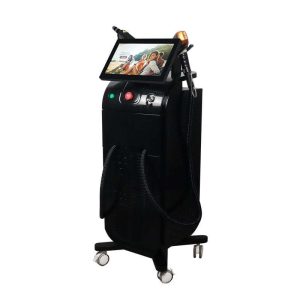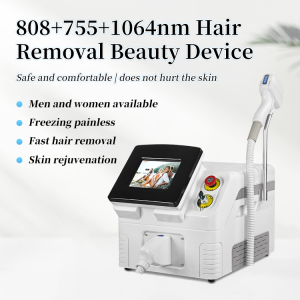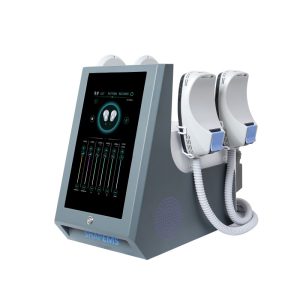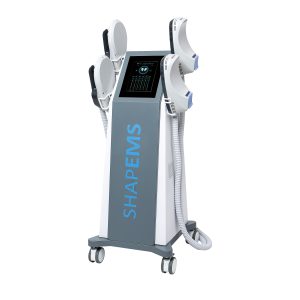Before considering scar removal, you must understand these questions:
Why do most scar removals use Co2 fractional lasers?
What is the cost structure of laser scar removal? What are the procedures?
Which hospital should I choose from among so many scar removal hospitals? Public or private?
Which doctor should I choose from among so many scar removal doctors? How can I find a scar removal doctor with good skills?
How can laser scar removal repair scars?
Maybe these problems are common and unremarkable. They are caused by the sequelae of your technical problems (skin allergies, secondary scar repair, darkening, and scars). You may have some simple knowledge about laser scar removal and may have seen some advertisements. Then I will ask you these questions: Which laser is suitable for your scars? How much does it cost to repair your scars? Are there any hidden costs? Do you think your scars can really be restored to normal skin? If you do not have a basic understanding of these issues, please continue to read on carefully.

 1-6 in order
1-6 in order
1. Hypertrophic scars (red, raised)
Applicable lasers:
Pulsed dye laser (PDL, 585/595nm): Targets hemoglobin, blocks abnormal blood vessels, reduces scar redness and hardness. Fractional CO2 laser (10600nm): Ablative laser, stimulates collagen remodeling, softens protruding tissue. Nd:YAG laser (1064nm): Deeper penetration, inhibits excessive proliferation of fibrous tissue. Therapeutic principle: First reduce vascularization through PDL, then combine with CO2 laser to reshape the surface.
2. Keloid (a hard lump that extends beyond the wound)
Applicable lasers:
Pulsed dye laser (PDL): reduces blood supply and scar volume.
Fractional CO2 laser: assists in softening fibrous tissue, often combined with hormone injection to reduce recurrence
3. Atrophic scars (depressed scars, such as after acne or chickenpox)
Applicable lasers:
Non-ablative fractional laser (1550nm erbium glass, 1927nm thulium fiber): stimulates dermal collagen regeneration and improves superficial depressions.
Ablative fractional laser (CO2, Er:YAG 2940nm): deep remodeling, suitable for deeper acne pits.
4. Post-burn scars (contracture or extensive scars)Applicable lasers:
Fractional CO2 laser: improve scar elasticity and contracture.
Combined with PDL: treat the accompanying vascular hyperplasia.
The scar removal principle, treatment interval and timing of CO2 fractional laser
The most commonly used fractional laser is CO2 fractional laser. Its working principle is to use the laser spot below 500 microns on the wound surface to act on the scar tissue, forming an ordered and disordered arrangement, causing multiple columnar damage channels in the scar tissue. Between these multiple columnar damage channels, normal epithelial cells and fibroblasts for wound repair are retained, thus triggering a self-repair and remodeling response of the tissue.Through the body's self-repair and remodeling, the color and texture of scars can be improved, allowing scar tissue to develop in the direction of normal skin, playing a role in changing the color and texture of scars. Since CO2 laser can effectively remove skin surface damage in skin reconstruction, and promote new collagen production and epidermal formation, achieving the effect of tissue lifting and collagen contraction after treatment, this laser treatment is recognized by the professional community as the "gold standard" for laser skin reconstruction.The mechanism of fractional laser is as follows:
① Direct vaporization or thermal damage leads to apoptosis of overproliferated fibroblasts.
② Limited thermal damage initiates the tissue repair process, and the result of the repair is related to the number of residual skin appendages in the tissue.
③ The high-heat dissolution effect of the laser can break the disulfide bonds of collagen, promote collagen structure reconstruction, soften scars, and reduce their volume.
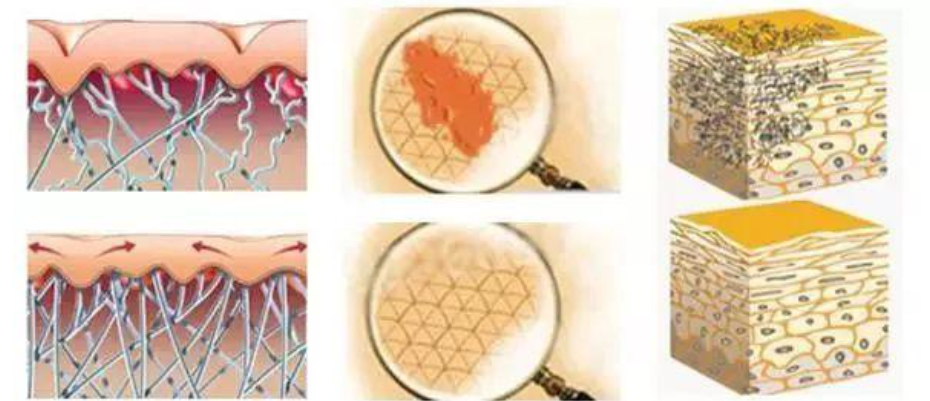
The main applicable population is all superficial scars and wounds in the early stage of healing.Fractional laser treatment can be used in the early stages of wound healing to regulate the wound healing process and improve the effect of wound repair. At the same time, it can prevent the proliferation of wound scars, promote the rapid softening of wound scars, reduce the redness to a closer to normal skin color, and not easily develop into hypertrophic scars. Superficial scars are formed after wound healing at various stages after injury. Through fractional laser treatment, their color, texture, and smoothness will develop more towards normal skin, and they are all suitable for CO2 fractional laser treatment.It is not suitable for people with active infection, organic lesions in important organs, pregnant and lactating women, mental patients, epilepsy, solar rash and other diseases.
Precautions for CO2 dot matrix laser treatment 1. After the dot matrix is over, do not touch the area with your hands immediately to prevent bacterial infection; 2. The dot matrix area has a reddish and slightly burning sensation, which is a normal phenomenon and can be treated with local ice to reduce swelling and pain; 3. Redness, swelling, burning sensation, etc. within 24-48 hours after the dot matrix is a normal reaction, you can wet the area with a cold towel by yourself, if there is a strong pain or other discomfort, you should contact your doctor in time for treatment; 4. After the dot matrix, you generally need to change the medicine every 2 days, and the treatment area is prohibited. Water, persist for 14 days, change to medicinal drugs and listen to the doctor's advice; 5. It is not advisable to wash your face with hot water within 5 days after the facial dot matrix, avoid using cosmetics within 2 weeks, prohibit steaming noodles, reduce facial expressions and avoid taking saunas, avoid vigorously massaging the dot matrix area and sweating exercise; 6. About the third day after the dot matrix, the local wound begins to form tiny particles of scabs, and the scabs will fall off in about 7 to 10 days.When there is slight dryness, desquamation, and scabs, please do not scratch and remove the scabs by yourself, and be sure to let the scabs mature and fall off on their own; 7. Fast spicy, irritating, seafood, lamb and other foods (anti-skin allergies) within 14 days after the dot matrix, and minimize foods or beverages with high food coloring content (candy, preserved fruit, juice, black beans, black sesame seeds, etc.) and photosensitive foods (lemon, carrot, celery, lettuce, rapeseed, eggplant, seaweed, etc.).You can eat more sunscreen foods such as tomatoes, cabbage, and strawberries.
There are many ways to treat scars. Laser treatment is one of the main methods of treating scars. Especially in the early stage, the effect of prevention is relatively accurate. It can almost be considered that for patients with scars, laser treatment is the treatment with the most benefits.
Welcome to discuss!Scar removal

 1-6 in order
1-6 in order


